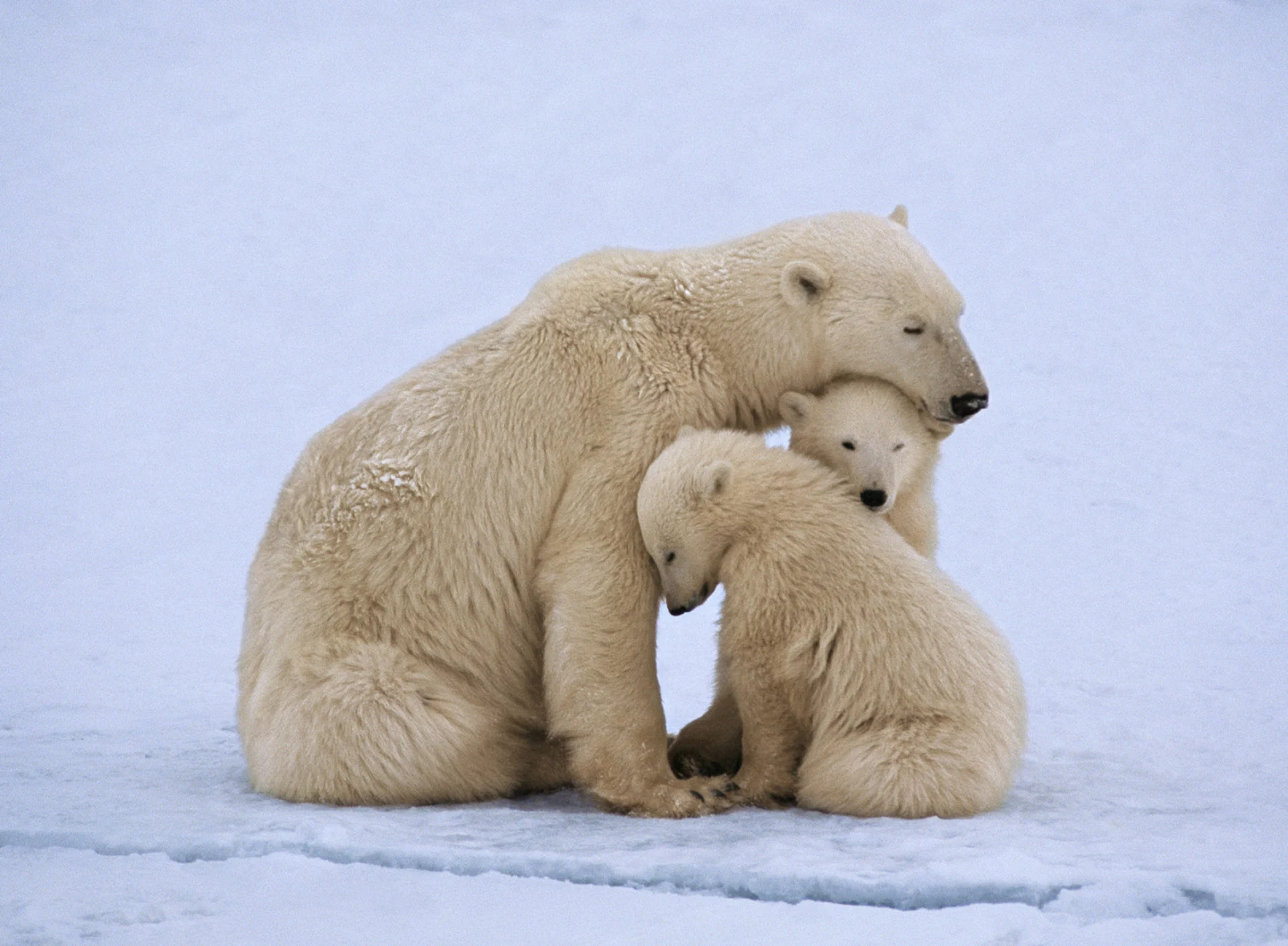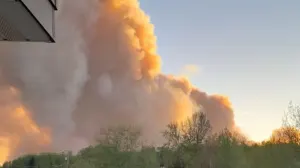
International Polar Bear Day draws attention to the changing climate
Ever since TIME Magazine’s Special Report on climate change in 2006 reinforced the emblematic nature of the polar bear with a striking cover image of a lone animal on sea ice, the world’s been fascinated by the white bear of the North.
But, most recently, the status of this iconic symbol has been of much concern. The Weather Network has covered the significance of a warming Arctic, the effects climate change has on sea ice, and what this all means for the persistence of polar bears towards the end of this century.
While these stories lend a hand to report on pressing news of today, it is perhaps some of our past videos that shed light on the precarious future of polar bears.
As discussed in the video above, a 2020 study published by Nature Climate Change reported that polar bears could be pushed to the brink of extinction by 2100 due to the increasing number of sea ice-free days that are leaving some subpopulations without access to food that they need for survival.
The study stated that the polar bears in the Queen Elizabeth Islands, which is a cluster of islands in both Nunavut and the Northwest Territories, could be the last subpopulation by the end of this century.
We also covered what increased exploration could do to polar bear den sites. The video above discussed a 2020 study published in PLOS ONE reported that the surveying technology used by oil and gas companies to explore the Arctic is not properly locating all of the polar bear dens. Of the 33 known dens between 2004 and 2016, only 15 (45 per cent) were detected while the other 18 (55 per cent) were missed.
Polar bear cubs that are born in dens cannot leave the shelter until they are three months old, which puts them at risk of industry-related den disturbances that are an additional stressor on this species's ability to survive.
EXPERTS OPTIMISTIC ABOUT ARCTIC CONSERVATION
International Polar Bear Day, which falls on Tuesday, February 27th this year, draws attention to the uncertain future that polar bears are facing in the Arctic. Polar Bears International (PBI) is an organization that consists of conservationists, scientists, and volunteers that use their “inherent optimism” and passion about the environment to ensure the long-term survival of polar bears and their habitats.
“We founded the day to coincide with the time period when polar bear moms and cubs are snug in their dens. As part of our celebration, we focus on the need to protect denning families across the Arctic. This year, we're launching a campaign to fund the development of a new tool to find and map den locations to make sure moms and cubs aren’t disturbed. By protecting dens, you'll protect cubs, helping to ensure their future,” PBI states on their website.
Click here to learn more about how you can get involved with PBI’s Arctic conservation efforts.
Thumbnail credit: Johnny Johnson. The Image Bank. Getty Images.











